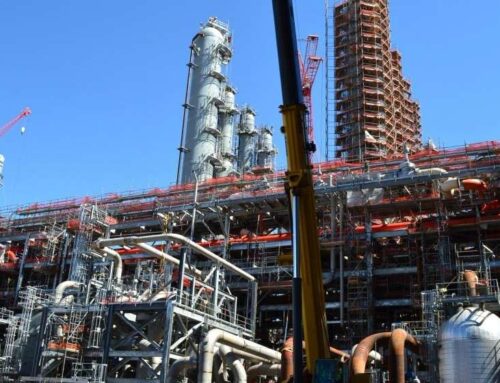The Mixed Oxide Fuel Fabrication Facility, known as the MOX project, a South Carolina boondoggle which I have written about before, recently suffered another setback. In early October, Russia announced it was abandoning its agreement with the United States to dispose of excess weapons-grade plutonium. Frequently touted as necessary to meet the requirements of this international agreement, the MOX facility may have experienced its final, fatal blow.
On Oct. 3, Russia announced that it was suspending the U.S.-Russian Plutonium Management and Disposition Agreement, which requires both countries to dispose of 34 metric tons weapons-grade plutonium from its military stockpile. The MOX facility, partially completed, was proposed to convert U.S. waste plutonium into usable fuel for nuclear reactors, as per the agreement.
Since the MOX facility was first conceived, however, it has encountered a laundry list of problems from cost overruns to multiyear delays. The proposed cost to complete the MOX facility first rose from $1.1 billion to $7.7 billion but has now skyrocketed to more than $17.2 billion. Meanwhile, its scheduled completion – originally set for 2007 – has slipped by more than four decades to 2048. Unanticipated technical challenges have also plagued the plant ever since the Department of Energy decided to begin constructionwithout a completed design. The numerous technical setbacks have resulted in a rework rate of around 25 percent. Moreover, the only buyer for the converted plutonium fuel, which the plant was to produce, pulled out in 2008.
The financial and technical struggles of the project became so great that President Barack Obama called for the project to be put into so-called cold standby in his Fiscal Year 2015 budget request.
We thought we were on our way to victory. Yet, for the MOX facility, the end was not near. A pet project of Sen. Lindsay Graham, R-S.C., and other powerful lawmakers, MOX has had nine lives. Graham’s relentless fight for the project has included holding up the confirmation of Energy Secretary Ernest Moniz. In the last three fiscal years, MOX has received more than $1 billion in funding from Congress, or $168 million more than the president requested for the project. This has produced little hope that we would see a full cut or even a ramping down of funding for the MOX facility.
The true test for the MOX facility will come with the new administration and the next session of Congress. Will appropriators finally zero out the project? Will the next president call for its end? Reflecting on his time in office, former House Energy and Water Committee Chairman Dave Hobson, R-Ohio, said that not ending this wasteful project was one of his biggest regrets. But perhaps with the latest news from Russia and ever-rising cost estimates, lawmakers will finally pull the plug.











